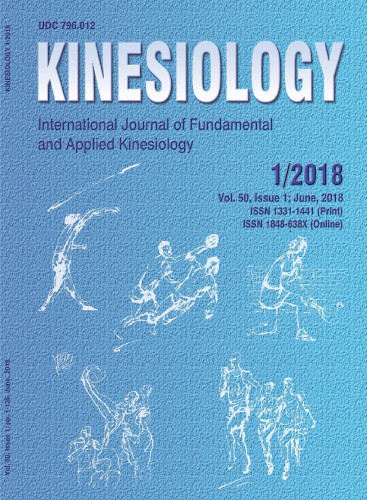Active video games (AVG) increase energy expenditure (EE) with respect to sedentary video games. Although several AVG consoles allow playing in single-player (SP) or multiplayer (MP) mode, few studies investigated differences in relation to game modality in men and women. Therefore, the aim of this study was to evaluate gender-related psycho-physiological responses during Zumba Fitness Rush (ZFR) played in SP vs. MP mode. Twenty-four college students (women: 14, men: 10; age: 24.6±2.0 years; body weight: 60.2±12.5 kg; body height: 167.8±11.5 cm; BMI: 21.2±2.1 kg·m-2) participated in two experimental sessions: SP (a subject playing ZFR alone) and MP (two subjects playing ZFR simultaneously). Heart rate (HR), oxygen consumption (VO2) and EE (MET and kcal∙min-1) were continuously measured and averaged every 10 seconds, while Rating of Perceived Exertion (RPE) was recorded 30 minutes after the end of each session. A two (gender: women vs. men) by two (modality: SP vs. MP) ANOVA for repeated measures was applied. No differences emerged in relation to gender and game mode for %HRmax, VO2, MET, and RPE. Conversely, a main effect (p=.0007) for gender was found in EE, with significantly (p<.004) higher values in men in SP (women: 5.5±0.6 kcal·min-1; men: 8.3±1.4 kcal·min-1) and MP (women: 5.3±0.7 kcal·min-1; men: 7.6±1.9 kcal·min-1). Present findings suggest that ZFR could be classified as a moderate physical activity, proving to be an alternative form to traditional exercise. Although an effect of number of players could be expected, different player modes did not affect EE, probably because the rhythm of the music imposes a time constraint, independently of the presence of other players.
Sažetak

 Kinesiology : 50,1(2018) / editor-in-chief Dragan Milanović.
Kinesiology : 50,1(2018) / editor-in-chief Dragan Milanović.